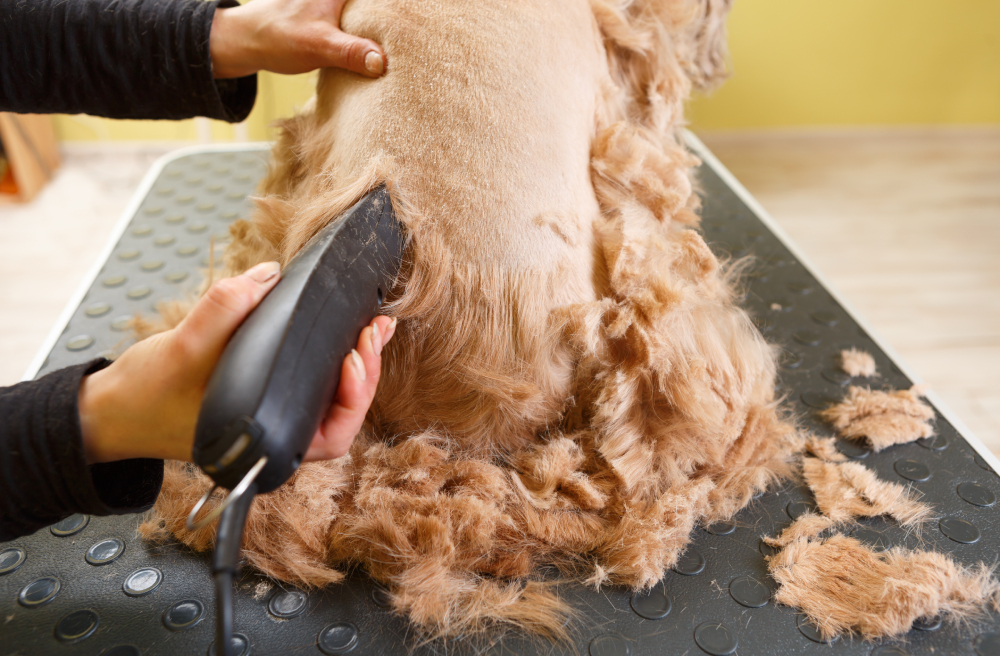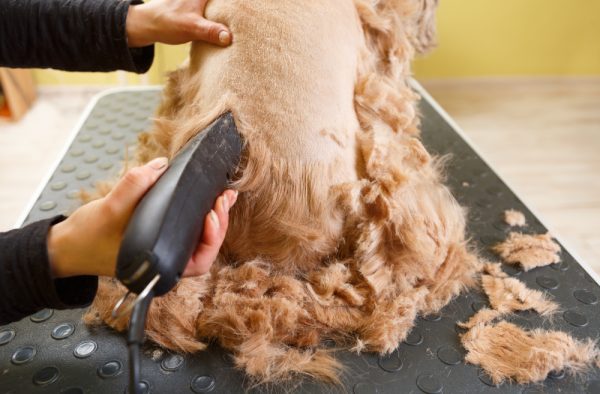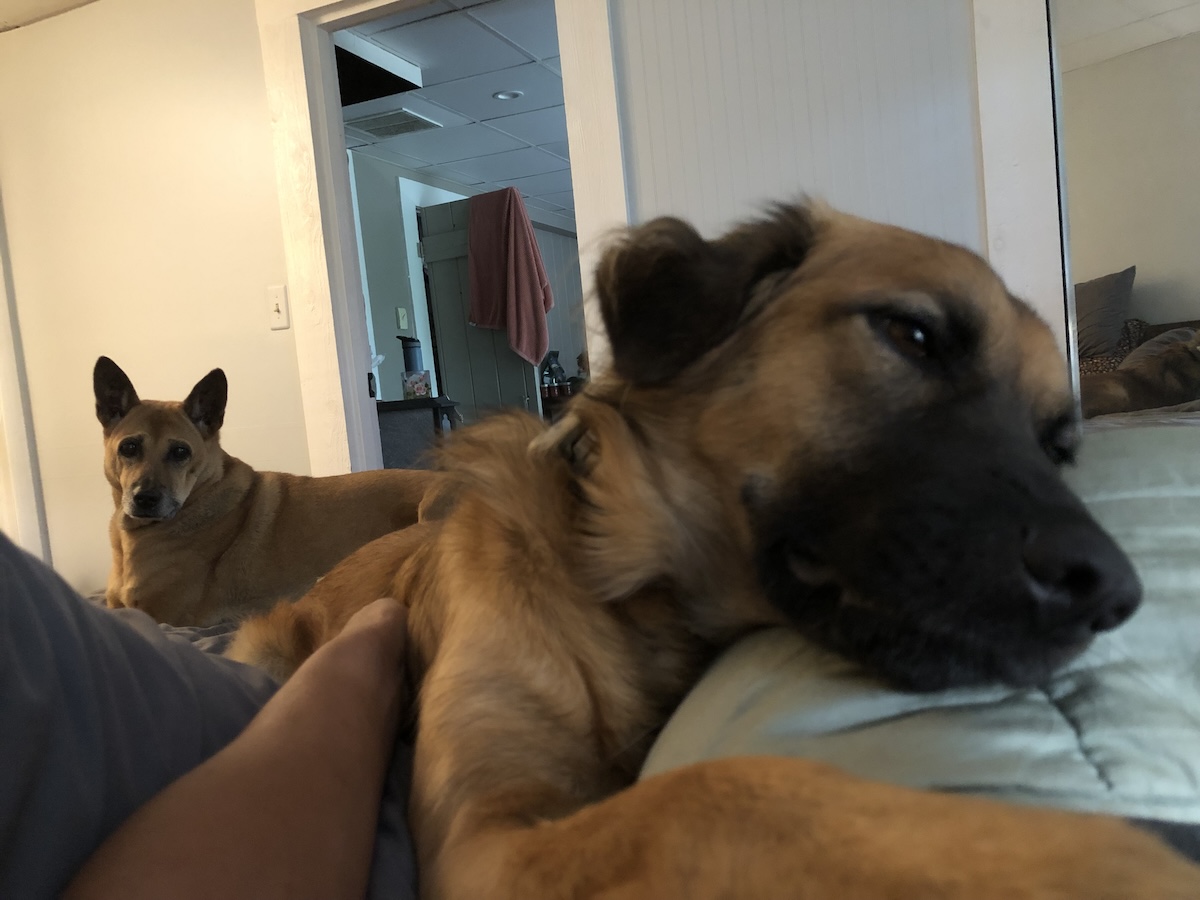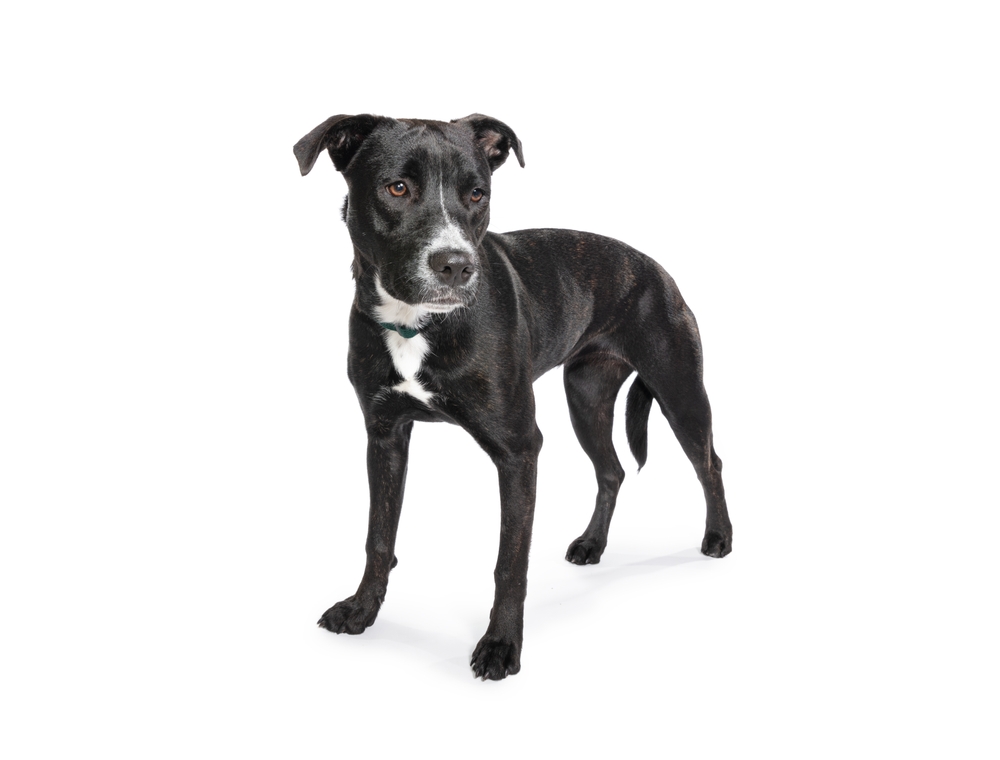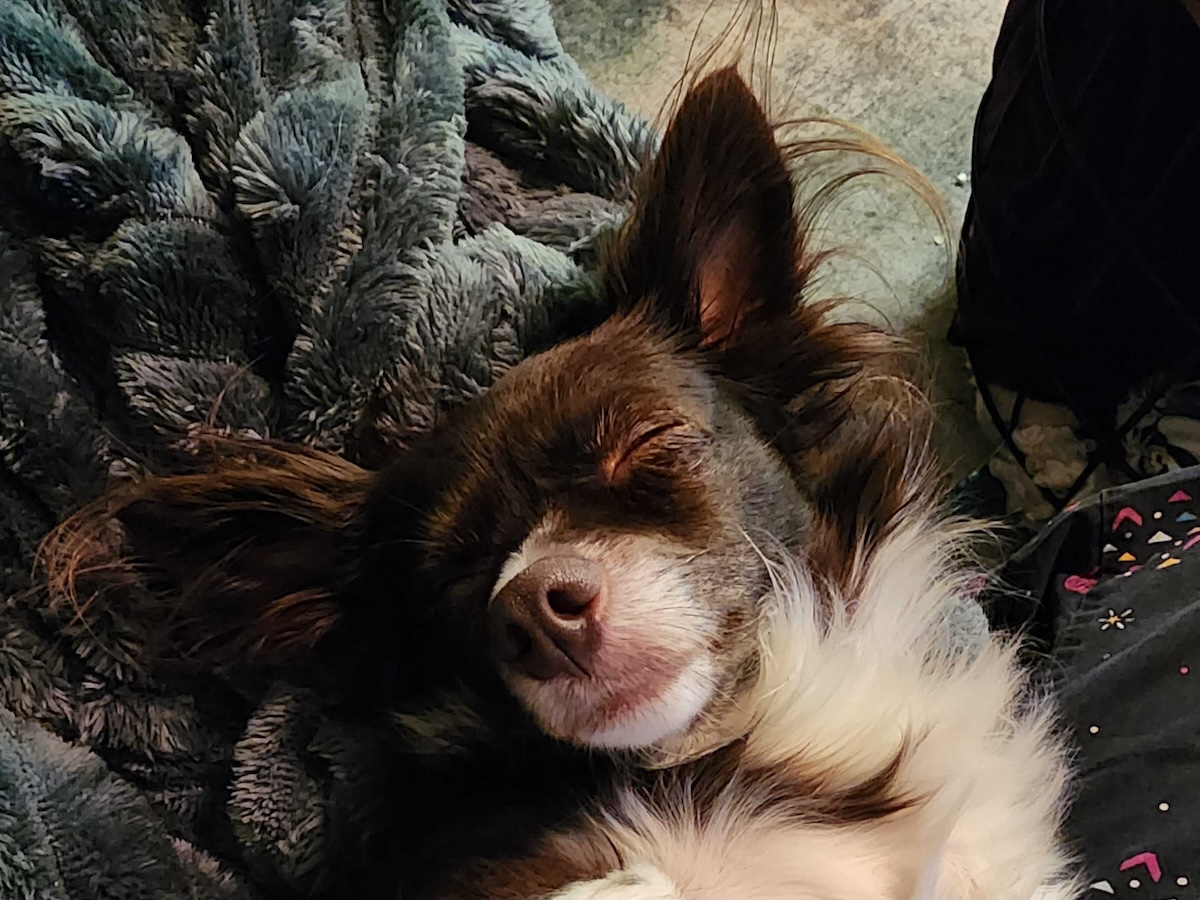Click to Skip Ahead
When the sun is out and your dog seems hot and is shedding hair everywhere, it can be tempting to get the clippers out and shave them to help keep them cool and comfortable.
However, most dogs should not be shaved. Getting rid of the fur and leaving the skin exposed can have the opposite effect to the one you’re trying to achieve. It could leave your dog less able to cool down and at risk of sunburn. It can also cause skin irritation and damage hair follicles. It may leave your dog with patchy-looking hair that never grows back properly.
Below we look at whether dogs should ever be shaved as well as some alternative methods of helping cool your dog down on hot days.
Should You Shave Your Dog?
Regardless of whether your dog has a single coat or a double layer of coat, you should avoid shaving them down to the skin. How to trim or cut your dog’s hair does depend on the type of coat it has.
Double Coats
Golden Retrievers, Collies, and German Shepherds are some of the breeds that have thick double coats. A double coat consists of an undercoat and an overcoat of guard hair. When warm weather comes, the dog will shed its undercoat, which enables air to pass more freely through the fur and cool the dog down.
The outer coat is not shed as much, this remains in place to continue providing physical protection and help prevent sunburn and other damage. Brushing your double-coated dog will help remove the dead hair from underneath to help ensure good airflow around the whole body.
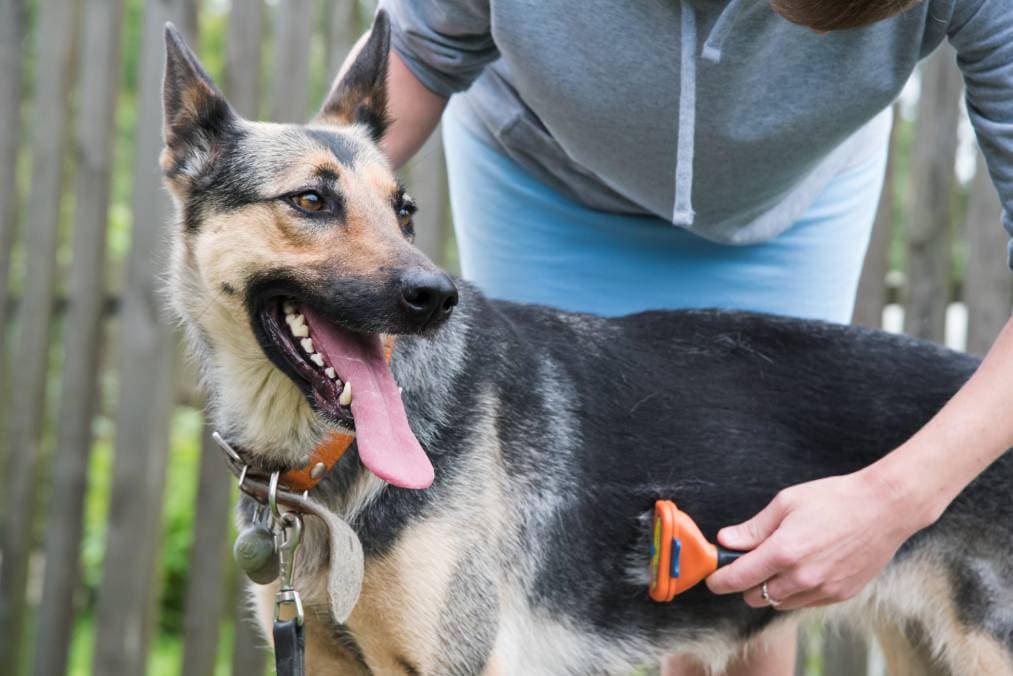
Single Coats
Some of the more common single-coated breeds include Poodles, Boxers, and Greyhounds. The coat can be short or long hair and it can be smooth or have a wiry texture.
Groomers clip certain types of single-coated dogs to prevent matting and to keep them cooler. However, the cut should not be too short, and you shouldn’t attempt it yourself if you don’t know what you’re doing.

The Dangers of Shaving Your Dog
Shaving can cause some serious problems for your pup.
1. Coat Damage
The outer guard hairs grow slower than the undercoat. When you shave a double-coated dog, you essentially cut both of these layers down and the undercoat grows back more quickly. This can lead to patchy areas, and it may even cause hair loss that your dog may never recover from.
2. It May Make Them Warmer
As the undercoat grows back more quickly after shaving, it means that a dog is left with a thicker, wooly undercoat as the fur grows back, which doesn’t allow air to circulate freely over the skin. The guard hairs are also not present to protect the skin from the sun. Ultimately shaving your dog may make them feel hotter, rather than cooler, in summer.
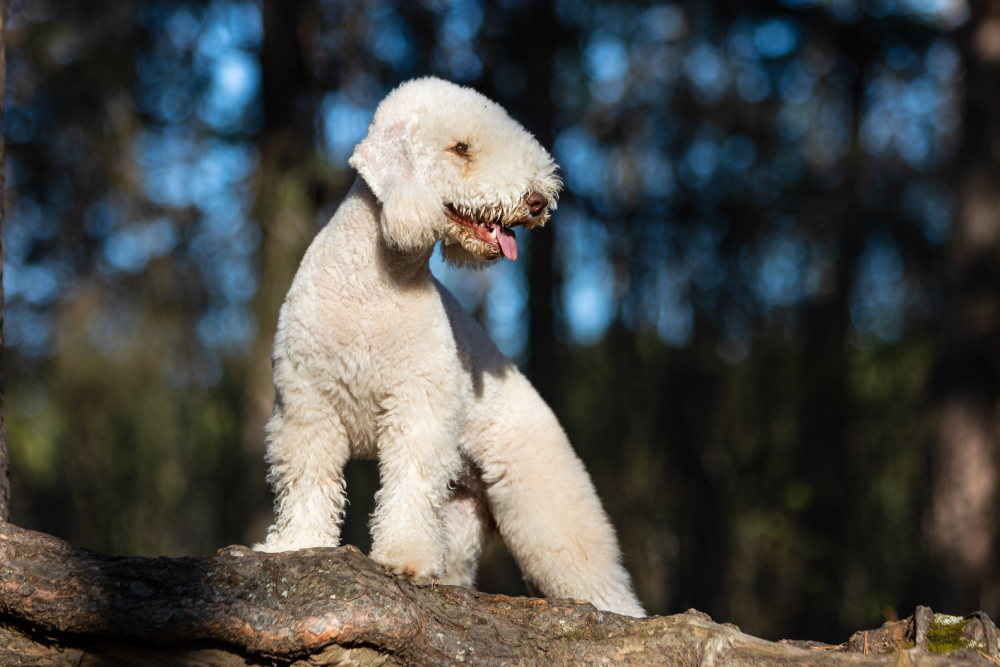
3. Skin Irritation and Damage
Shaving your dog can irritate their skin and lead to inflammation and skin infections. It also exposes their skin to harmful UV rays which can lead to sunburn.
Your dog’s coat also does a great job of protecting their skin from physical damage, so a dog that has been shaved is more likely to catch their skin on things like branches and brambles on walks.
When Is It Okay to Shave a Dog?
There are some times when shaving a dog is the only option:
- If your dog goes for surgery, they will need to have the operation site shaved so that it can be sterile and free from hair and debris. Blood sampling and intravenous injection sites are also shaved for the same reason.
- Dogs that have skin infections may also need the affected areas to be shaved, although the vet will recommend this course of action depending on the severity and implications of the condition.
- Badly matted hair may also need shaving. In these cases, the risks of shaving are outweighed by the risks of leaving the matts and the discomfort they are causing the dog. When brushing won’t remove the knots without causing pain, clipping very short might be deemed the only option.
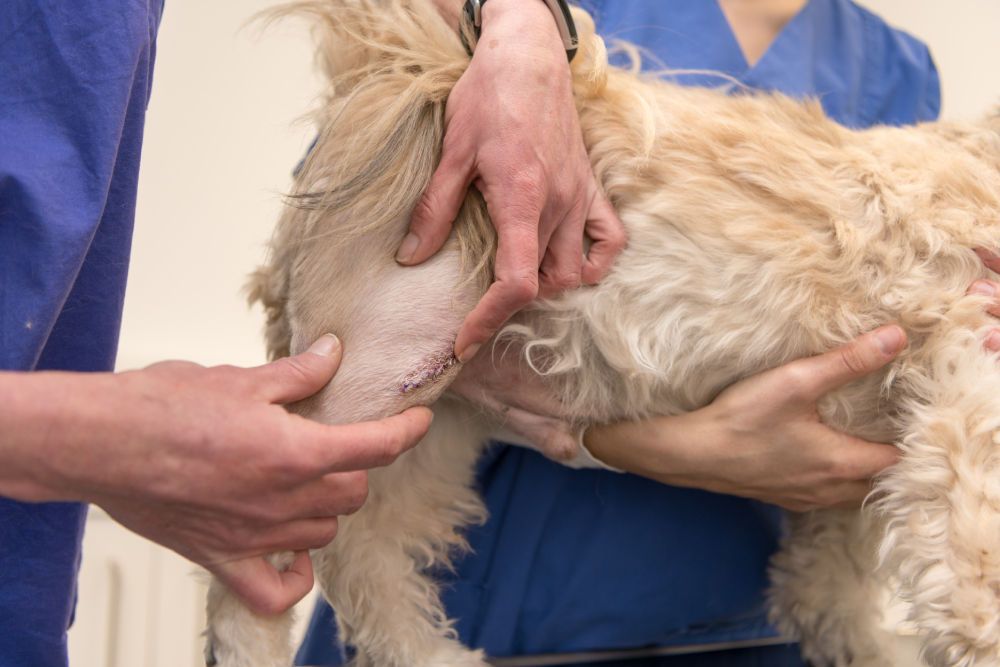
The 5 Tips to Keep Your Dog Cool in Summer
The most common reason owners consider shaving their dogs is because they see them panting in the hot weather and want to provide some relief from the heat.
Not only will shaving potentially make your dog feel the heat even more, but it could cause other problems, there are viable alternatives that will help.
1. Brush Regularly
Brushing helps remove the undercoat as it sheds. This allows air to flow freely among the remaining hairs, which provides relief from the heat and can help the dog down. Brush your dog at least three times a week and ideally every day, especially in the summer months.
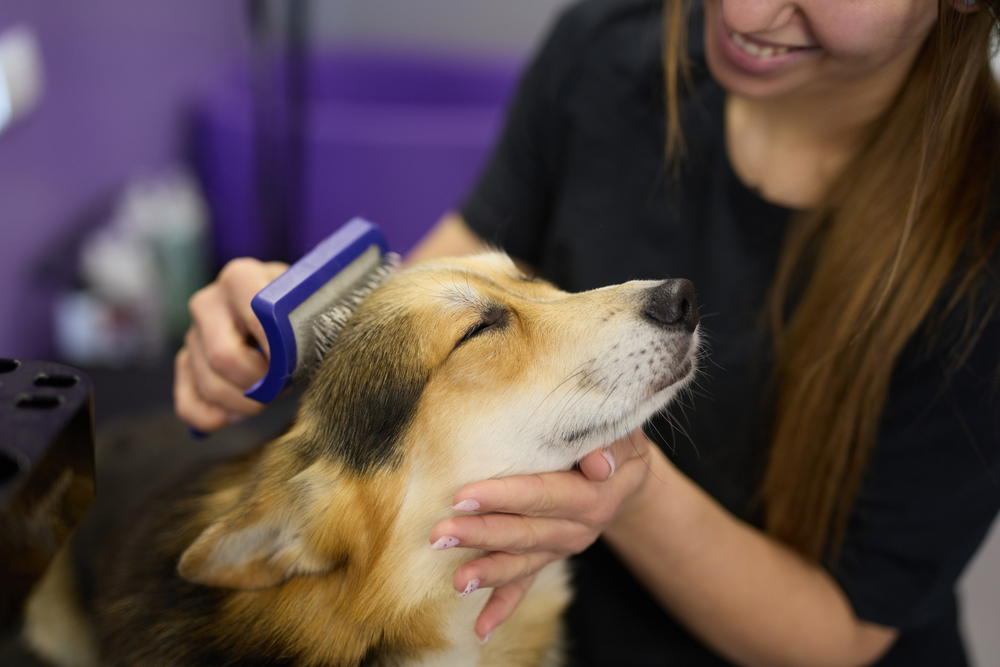
2. Cut, Don’t Shave
While you should never shave your dog’s coat down to the skin, some dogs do benefit from having their coats trimmed. A professional groomer will be able to cut the coat down to an appropriate length while also ensuring it looks good and that it will grow back properly.
3. Provide Shade
While dogs are usually quite good at getting out of the heat and finding shade, some will seemingly sit in the hottest part of the garden, or in front of the window where the sun is beating down. Provide shade, using parasols or by closing curtains, and encourage your dog to move out of the sun.
If you’re walking or out for the day, try to walk in the shade rather than in direct sun.
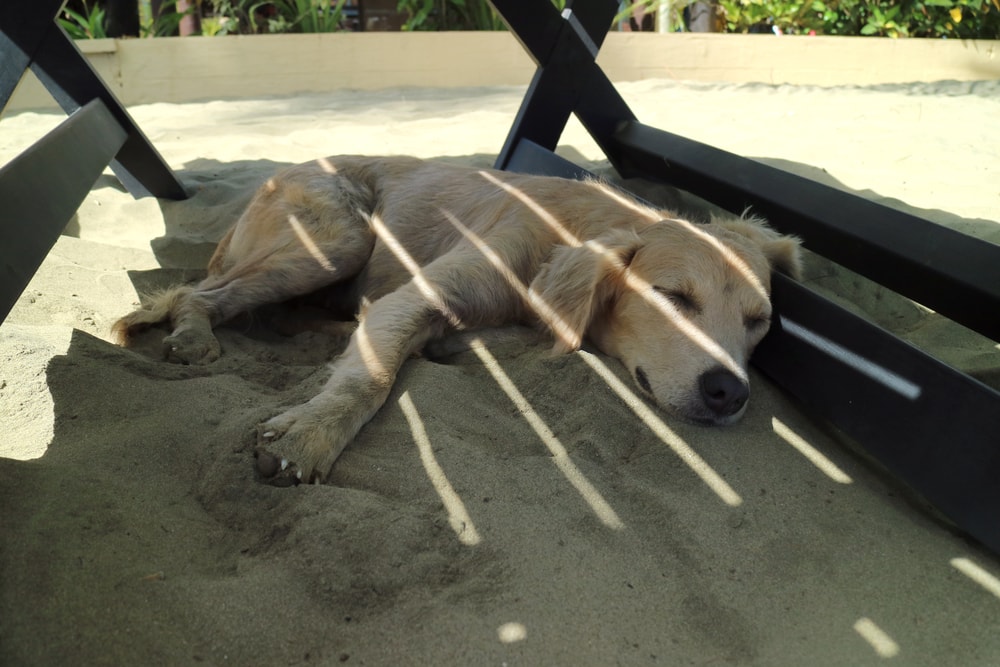
4. Provide Hydration
Hydration is key to keeping cool. Make sure your dog’s water bowl is filled with fresh drinking water and make sure they drink regularly. If you’re heading out on a walk, take a bottle of water and a portable water bowl.
Stop somewhere in the shade and let your dog have a drink.
5. Avoid the Hottest Parts of the Day
Some dogs love to be outside, but in the height of summer, you should avoid letting them out in the hottest parts of the day. Also, avoid walking them during these times.
Not only is there a greater risk of sunburn and heatstroke, but walking at this time could cause damage to your dog’s sensitive paws when they walk on hot surfaces.
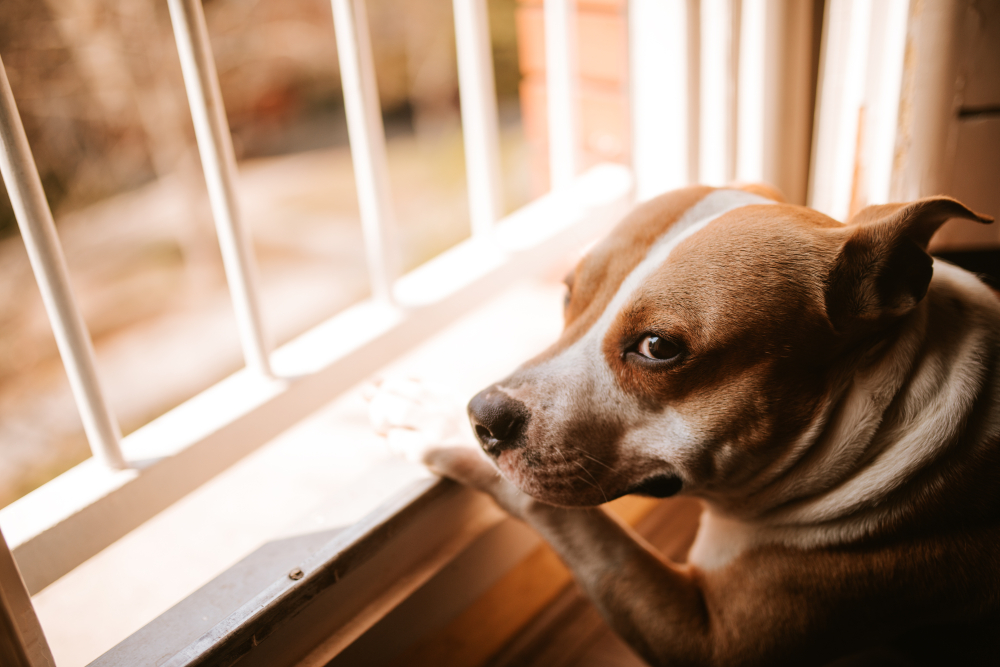

Conclusion
Dogs have various ways to help combat heat and keep themselves cool. Panting is a natural response, and it doesn’t necessarily mean that your dog is overheating.
Don’t shave your dog’s hair down to the skin because it can be counterproductive and may make your dog even hotter. It also increases the likelihood of skin irritation, can leave the coat looking patchy, and may lead to sunburn and other problems.
A groomer can trim certain types of single-coats and there are other steps you can take to help cool your dog down safely.
Featured Image Credit: hurricanehank, Shutterstock

